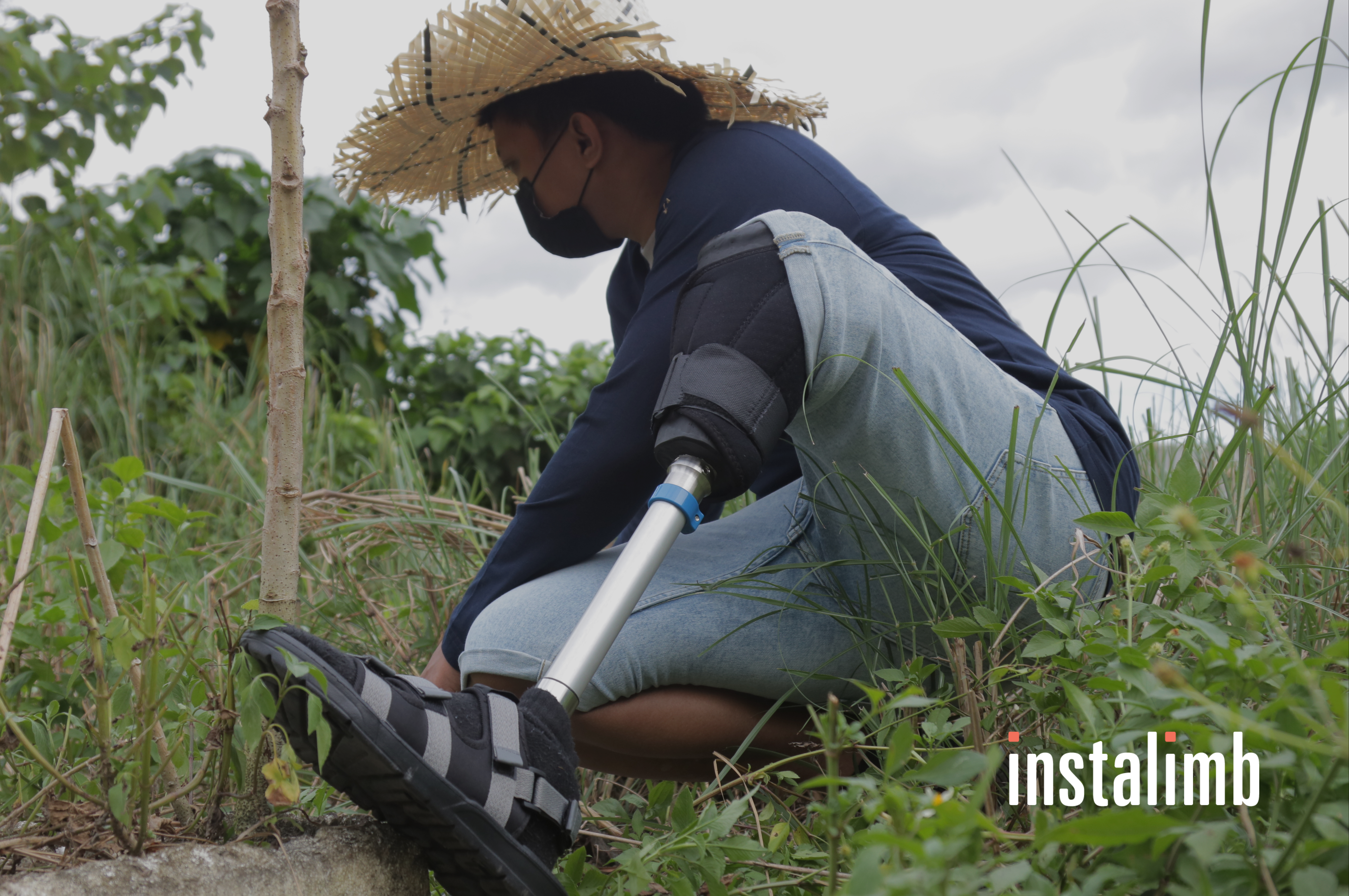Maintaining your artificial leg’s cleanliness is crucial for its longevity and your health. An artificial limb is a significant investment; keeping it in good condition ensures it stays functional and comfortable. Additionally, proper hygiene prevents skin issues and infections. So, how often should you clean your artificial leg? Let’s explore the best practices to keep your prosthetic device in shape.
Understanding the Importance of Cleaning
Before diving into the cleaning schedule, let’s understand why a clean prosthetic limb is essential:
1. Skin Health: If you don’t clean your prosthetic properly, sweat, dirt, and bacteria can accumulate. This can lead to rashes, sores, or fungal infections on the skin in contact with your prosthetic.
2. Prosthetic Longevity: Regular cleaning prevents wear and tear, ensuring your prosthetic limb remains functional for a longer period.
3. Comfort: A clean prosthetic limb is more comfortable to wear. Whereas, dirt and grime can affect the fit and cause discomfort.
Daily Cleaning Routine
1. Wipe Down the Socket and Liner: The socket and liner come into direct contact with your skin. Wipe them down daily with a clean, damp cloth to remove any sweat and debris. You can also use a mild, non-abrasive soap for a more thorough clean. Make sure to rinse off any soap residue and allow the components to dry completely before reassembling.
2. Inspect for Damage: While cleaning, inspect your prosthetic for any signs of damage or wear. Early detection of issues can prevent more significant problems down the line.
Weekly Deep Cleaning
1. Disassemble and Clean Thoroughly: Once a week, disassemble your prosthetic limb according to the manufacturer’s instructions and clean each component thoroughly. Use mild soap and water, and avoid harsh chemicals that could damage the materials. Pay special attention to any joints or moving parts where dirt and grime can accumulate.
2. Dry Completely: After cleaning, ensure all components are dried completely before reassembling. Moisture can lead to bacterial growth and damage the prosthetic over time.
Monthly Maintenance
1. Check for Wear and Tear: Every month, conduct a more detailed inspection of your prosthetic limb. Look for signs of wear and tear, such as cracks, loose parts, or unusual noises. If you notice any issues, contact your prosthetist for a professional check-up.
2. Replace Worn-Out Parts: Some parts of your prosthetic limb, such as liners and sleeves, may need to be replaced periodically. Follow the manufacturer’s recommendations and replace these parts as needed to maintain optimal performance and comfort.
Additional Tips for Prosthetic Care
1. Avoid Harsh Environments: Try to avoid exposing your prosthetic limb to extreme temperatures, water, or dusty areas. These conditions can accelerate wear and tear.
2. Use Protective Covers: When engaging in activities that might expose your prosthetic to damage, consider using protective covers. These covers can help shield your prosthetic from dirt, moisture, and impacts.
3. Stay Hygienic: Maintain good personal hygiene. Clean your residual limb daily and ensure it is completely dry before wearing your prosthetic. This practice helps prevent skin issues and keeps your prosthetic cleaner for longer.
4. Regular Professional Check-Ups: Schedule regular check-ups with your prosthetist. They can professionally clean and maintain your prosthetic limb, ensuring it remains in the best possible condition.
As a result, cleaning your artificial leg regularly is essential for your comfort, health, and the longevity of the prosthetic. By incorporating daily, weekly, and monthly cleaning routines, you can ensure that your prosthetic limb remains functional and comfortable. Remember, maintaining your prosthetic is not just about cleanliness; it’s about preserving your quality of life and independence. So, take the time to care for your artificial leg, and it will continue to support you in all your endeavors.
If you’re looking for a new artificial leg, interested in a free consultation, confused if your socket is the right fit, or have any other queries, now is the time to reach out to us and try a test socket free of cost. Step it up with Instalimb – Contact us today!


